When it comes to young dogs and puppies, one of the most lethal and scary things in the dog world is Parvovirus, or Parvo.
Puppies have a low immune system when they’re born, as they’ve not built up all of those resiliences to the world, and something like Parvo quickly can overtake a younger dog and because it’s such a highly contagious virus, it’s easy to spread it.
Pet parents should always seek veterinary care if they’re suspicious of Parvovirus, because the more time you give your vet, the higher the survival rate, and especially in very young puppies (Up to about six months)
What is Parvovirus
Canine parvovirus (CPV) is a viral disease that’s highly contagious to dogs, especially puppies between six and 20 weeks of age. The disease is spread through direct contact with another infected dog or through contact with an infected object, such as a food bowl, leash, or even clothing.
There are three different strains of canine parvovirus that can affect dogs: CPV-2a, CPV-2b and CPV-2c. CPV-2b is considered the most severe disease, but modern vaccines for puppies include protection against both strains, whilst CPV-2c is equally virulent, but is a newer strain.
Parvovirus is primarily a gastrointestinal disease, affecting the stomach and small intestines. Signs that a puppy has contracted CPV vary, but typically include severe vomiting and diarrhea, as well as a fever and a lack of appetite.
While the disease is mainly gastrointestinal, it can also affect a puppy’s bone marrow and lymphopoietic tissues, as well as their heart.
While vaccines have decreased the risk of parvovirus in many vaccinated dogs, the disease is still prevalent and a severe risk for any puppy parent. The good news is that, with proper treatment started as soon as possible by a veterinarian, many puppies do survive the virus—with success rates being 68-92% of those who are treated surviving.
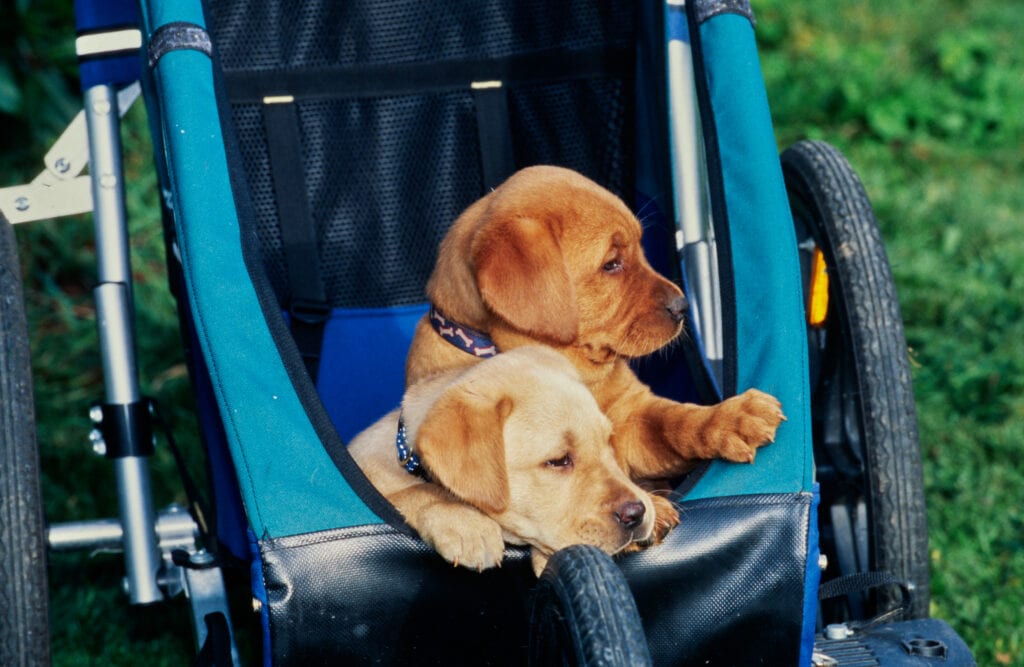
Why Do Puppies Get Parvovirus?
The early weeks of their lives, typically. Puppies between two and 20 weeks old are the most susceptible to canine parvovirus because they haven’t completed their full series of vaccinations, leaving them vulnerable to the contagious disease. This is assuming that these puppies are nursing on their mother’s milk and receiving the collostrum that will lend them some of their mother’s antibodies.
Veterinarians recommend that puppies be vaccinated against parvo when they’re six, eight, and 12 weeks old. While each series of vaccines may offer some protection, a puppy isn’t fully protected until they’ve completed all three shots in the series.
Unfortunately, socialization is also critical during this period of time. Your puppy needs to be exposed to as many new sights, sounds, and smells as possible, so they can start to build positive associations with them. This helps reduce anxiety and behavioral challenges later in your puppy’s life.
Many puppy parents struggle to find a good balance between getting their puppy that much-needed socialization time, while also minimizing their puppy’s risk of parvo by venturing out into the world before they’ve completed their shots.
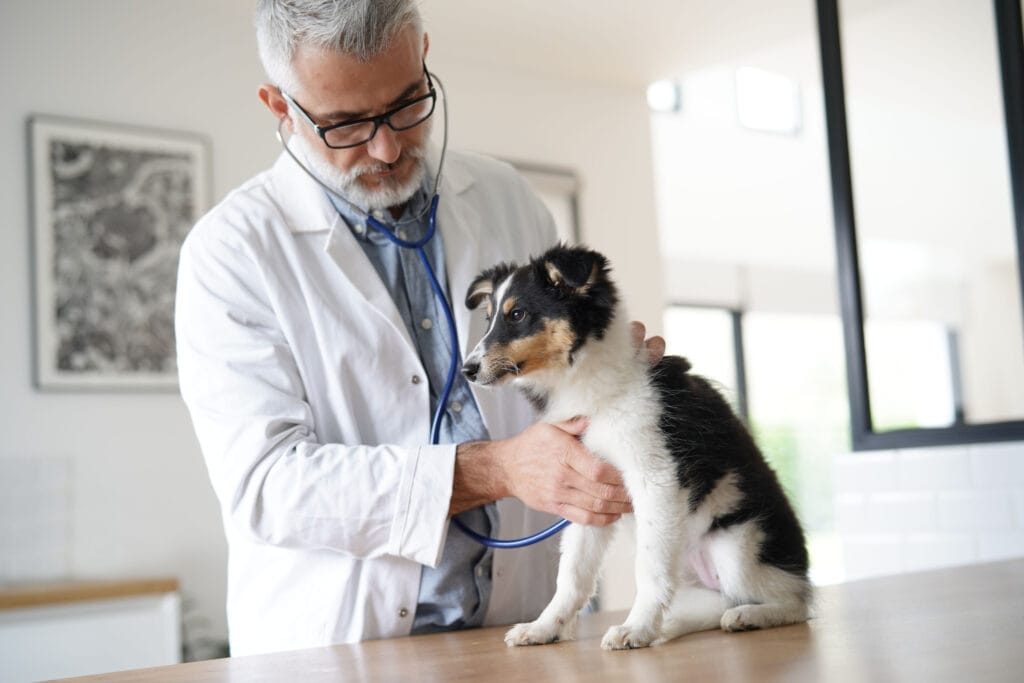
Why is Parvo a Problem?
Parvo is highly contagious and potentially fatal, making it a huge health risk to puppies everywhere. There is also no cure for the virus once it’s infected a puppy—instead, there are only treatments available for the symptoms, like dehydration, to help your puppy ride out the virus.
Without quick and aggressive treatment, puppies experience severe dehydration, electrolyte imbalances, and can develop a bacterial infections in the bloodstream such as septicemia. Once septicemia has set in, the puppy is less likely to survive the disease as septic shock is very problematic.
While scientists and veterinarians aren’t sure why, there are also breeds that are at a higher risk for parvo and less likely to survive once they catch the disease. These breeds include:
- Rottweilers
- Doberman Pinschers
- American Pit Bull Terriers
- English Springer Spaniels
- German Shepherds
(list from Merck Veterinary Manual)
If a puppy does make it to day three or four of treatment and recovery, they have a much higher likelihood of surviving, so it’s crucial to start treatment as early as possible if you notice symptoms.
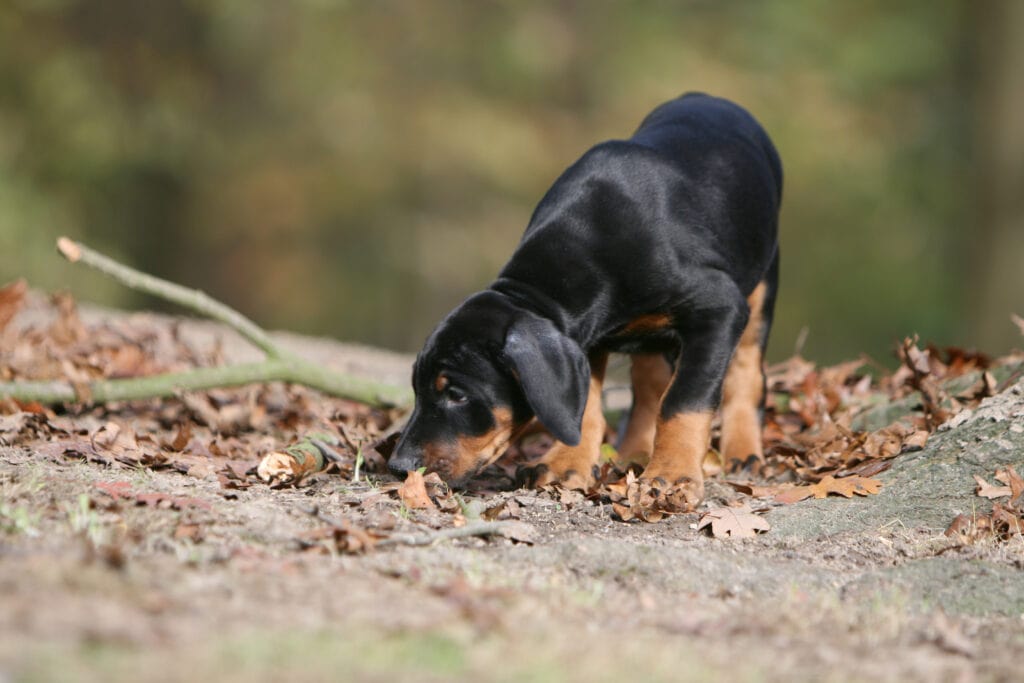
Where Does Parvo Come From?
Canine parvovirus was first discovered in Europe in 1976, but by 1978 the virus had spread around the world, causing a worldwide epidemic.
The virus that causes parvo in dogs is closely related—and almost identical—to feline panleukopenia virus (FPV), so scientists speculate that parvo may have resulted from two or three genetic mutations in FPV that expanded that virus to dogs.
Today, the virus remains as deadly and contagious as it was when first discovered. Parvo can live on almost any surface and in almost any environment. It’s resistant to heat, detergents, alcohol, and many disinfectants, making it easily transmissible on everything from your shoes to the hair of an infected dog.
The only known way to disinfect an area that’s been contaminated is with a solution of ¾ cup chlorine bleach mixed with a gallon of water (A simple bleach solution, really).
How Does Parvo transfer?
Parvovirus is so easy to transfer, so, I want to highlight a few ways in which parvo can transfer between dogs and species, so that you can plan.
Feces
The most common way for it to spread is through infected feces. If a puppy ingests viral particles from contaminated stool, the virus will enter the puppy’s intestines, where it starts to inflame the intestinal wall.
Because CPV is so stable in different environments, the virus can remain infectious in a dog’s feces for up to six months—and the feces doesn’t need to be physically visible either.
Shared Water bowls
As indirect contact is more than enough for the transfer, so whether it’s an unvaccinated dog, an infected puppy, or a wild animal carrying it.
Transfer
The virus can live on clothing, shoes, dog toys, leashes, collars, and any other objects that an infected puppy or their owner may have touched, making strict quarantine essential to prevent the spread to other animals.
Wildlife
Certain wildlife like coyotes, wolves, and foxes can also spread the virus in the environment, so it’s important to monitor your puppy at all times outside – especially seen as this can be transferred by even traces of feces before full vaccination is complete.
Unvaccinated Dogs
In addition to avoiding the feces of wildlife, you should also avoid socializing your puppy with other puppies that haven’t been vaccinated, or unvaccinated dogs of all ages. The safest course of action is to only allow your puppy to play with adult dogs that have been fully vaccinated against parvo, as they won’t be able to pass on the virus to your puppy.
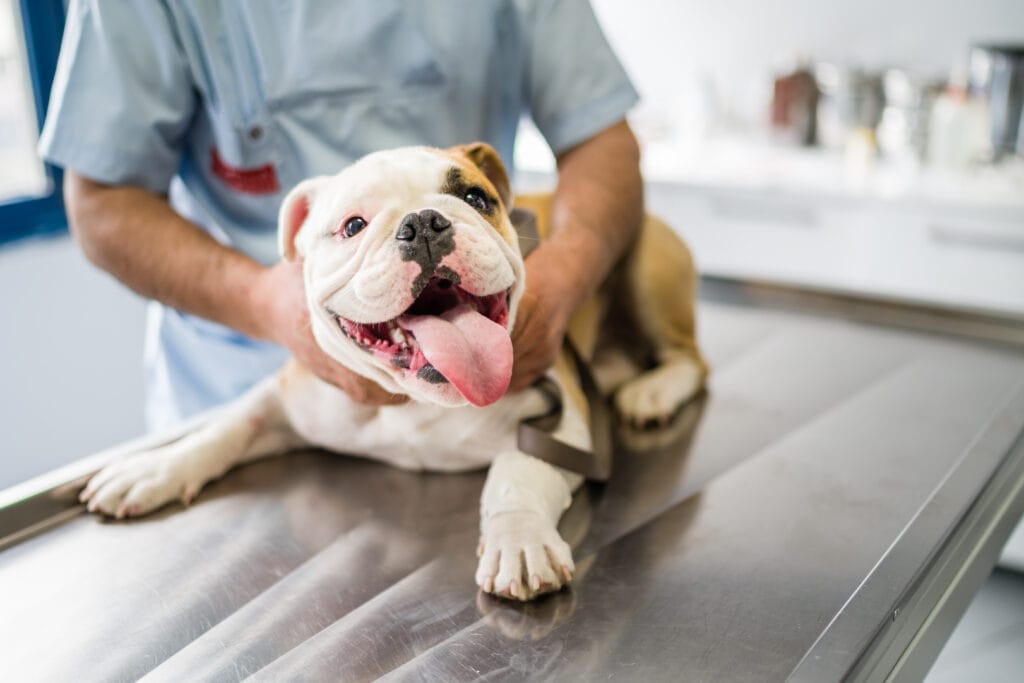
Public Places
Dog parks, pet stores, and other public areas where many people bring their dogs can also be dangerous if your puppy hasn’t completed their series of parvo vaccinations.
While these places may be helpful for your training, they put your puppy at risk of contracting the virus because they typically don’t require proof of vaccination. This one is why you’ll often see puppies carried inside veterinary surgeries, or inside pet stores, because this is a huge risk for the spread of parvo across floors.
Puppy Classes
Most dog trainers will ensure that you’re getting puppy vaccinated before coming to class, but if they don’t this is definitely a time where your puppy will be at risk.
Doggy Daycare
A lot of daycares won’t take young pups for this exact reasonEven doggy daycares or boarding facilities that do require proof of vaccination may still be risk for a puppy under 20 weeks old, so you should always talk to your veterinarian for guidance on minimizing your puppy’s risk.
How Does Parvo Progress?
The parvo infection is a particularly wicked one, but the signs of parvo are very subtle and easy to mistake for something nowhere near as scary until it escalates.
Early signs – Lethargy, Loss of Apetite, Fever
Intermediatry Signs – Vomitting, Bloody/severe diarrhea, abdominal pain.
Severe signs – Severe lethargy, continuous bloody diarrhea, bloody vomiting, declining food
Those severe cases are where the mortality rate spikes. Essentially Parvo kills by disallowing your puppy to get the nutrition and fluids they need, stoping the absorption of essential nutrients. Then, when your puppy is so young, this is a killer if we leave it too long.
How Is Parvo Treated?
In essence, Parvo isn’t treated, your puppy is given supportive care through the course of the virus with the addition of antiemetics and intravenous fluids.
Can A Dog Contract Parvo Twice?
Theoretically, yes secondary infections can happen. However, it’s unlikely.
As with most viruses, once your dog is over it fully, there is a high immunity against that particular virus for a few years which makes re-infection unlikely, as will booster shots! But, if you elect to not take boosters, then your dog could contract it a second time.
Parvo Vaccines Are A Good Thing!
The best way to protect your dog or puppy against parvo is to be cautious and to take all the vaccinations as soon as you can, as this one is no joke! Following your vet’s instructions when it comes to Parvo i very recommended, because unvaccinated puppies are a risk, and we just don’t need to take unecessary risk.
If you’re unsure as to whether you need to be concerned, call your vet and discuss!!

Author, Ali Smith
Ali Smith is a professional, qualified, and multi-award winning trainer is the founder of rebarkable. She has always believed animals deserve kindness and champions force free methods. Believing that dog guardians will all choose the kindest options if proper information is provided, she aims to help all dog guardians who need it and make dog training as accessible as possible
Ali lives win Maryland, US with her husband and her three dogs.
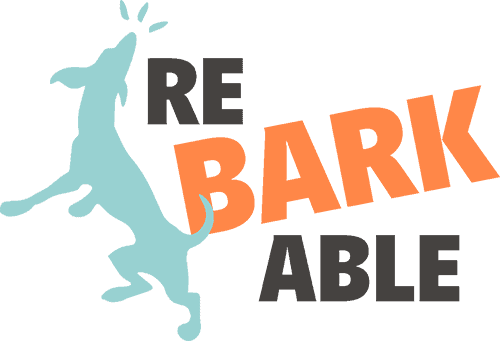

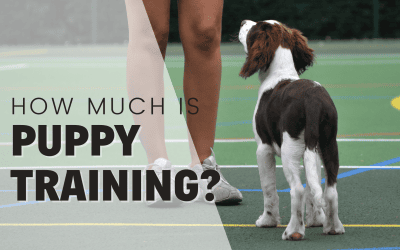

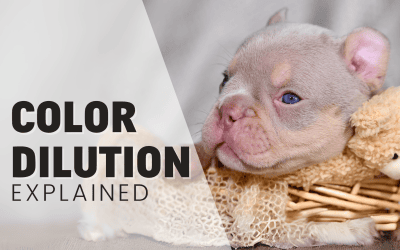
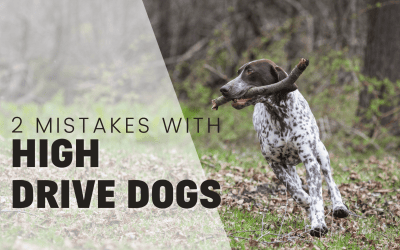
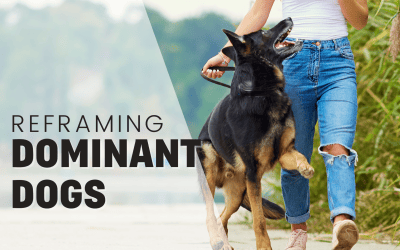
0 Comments